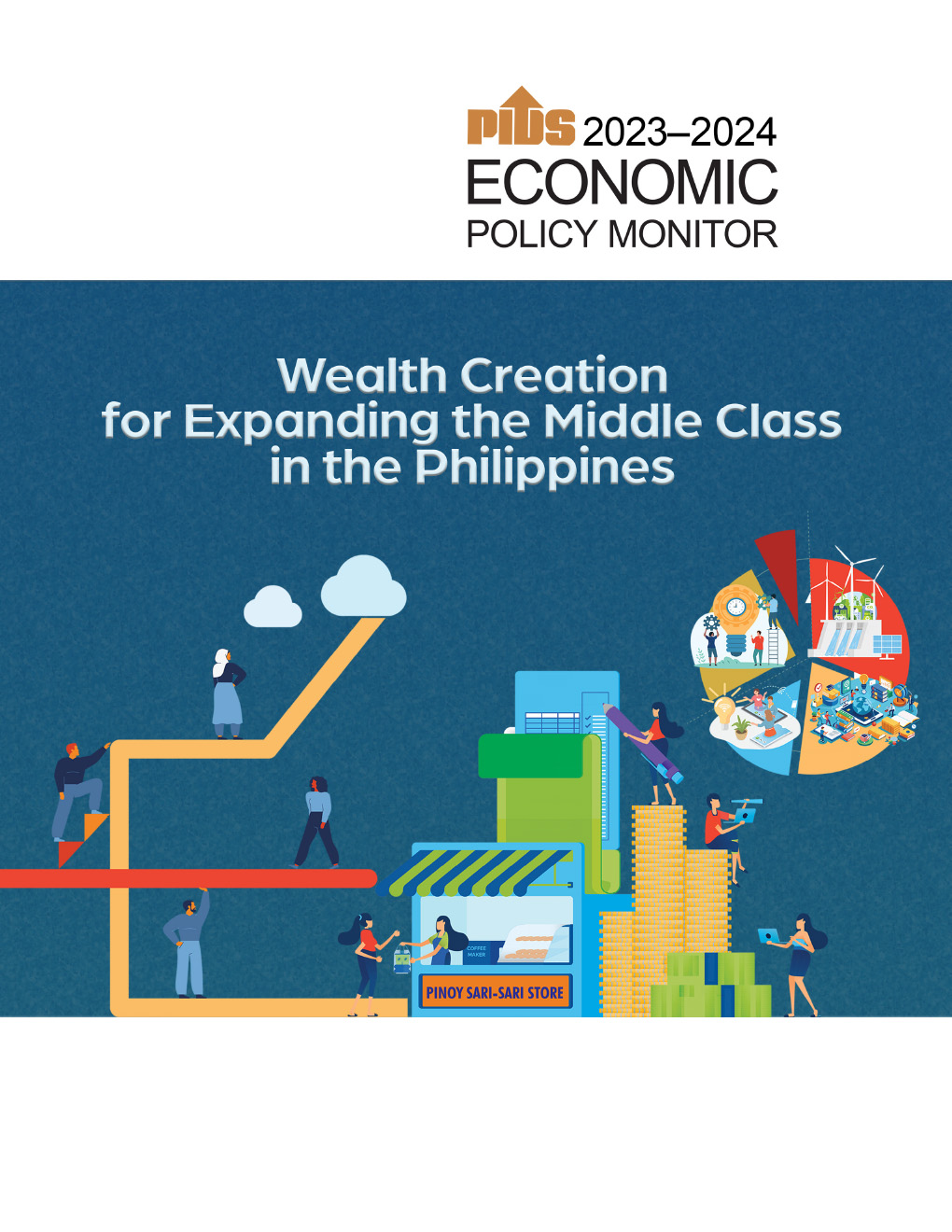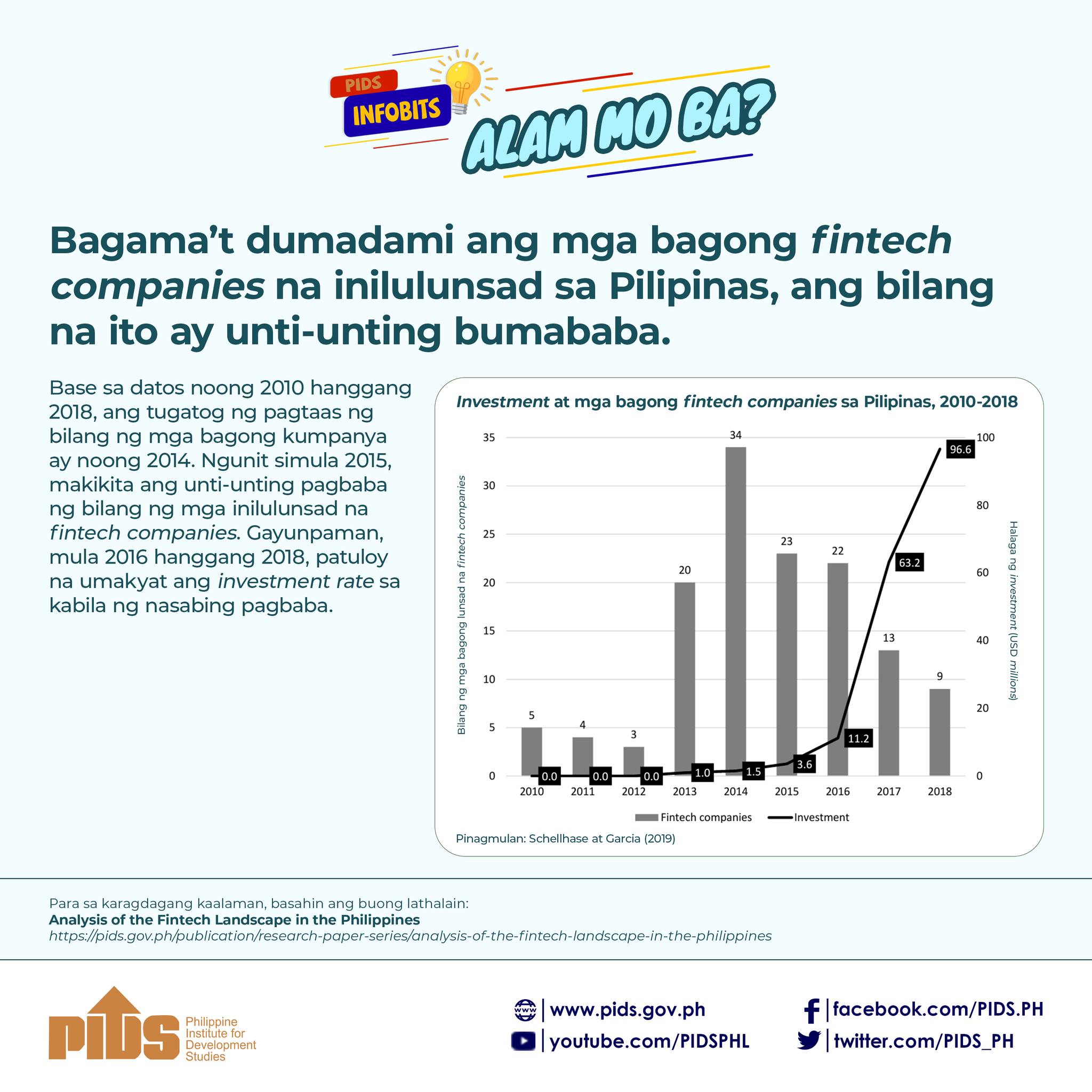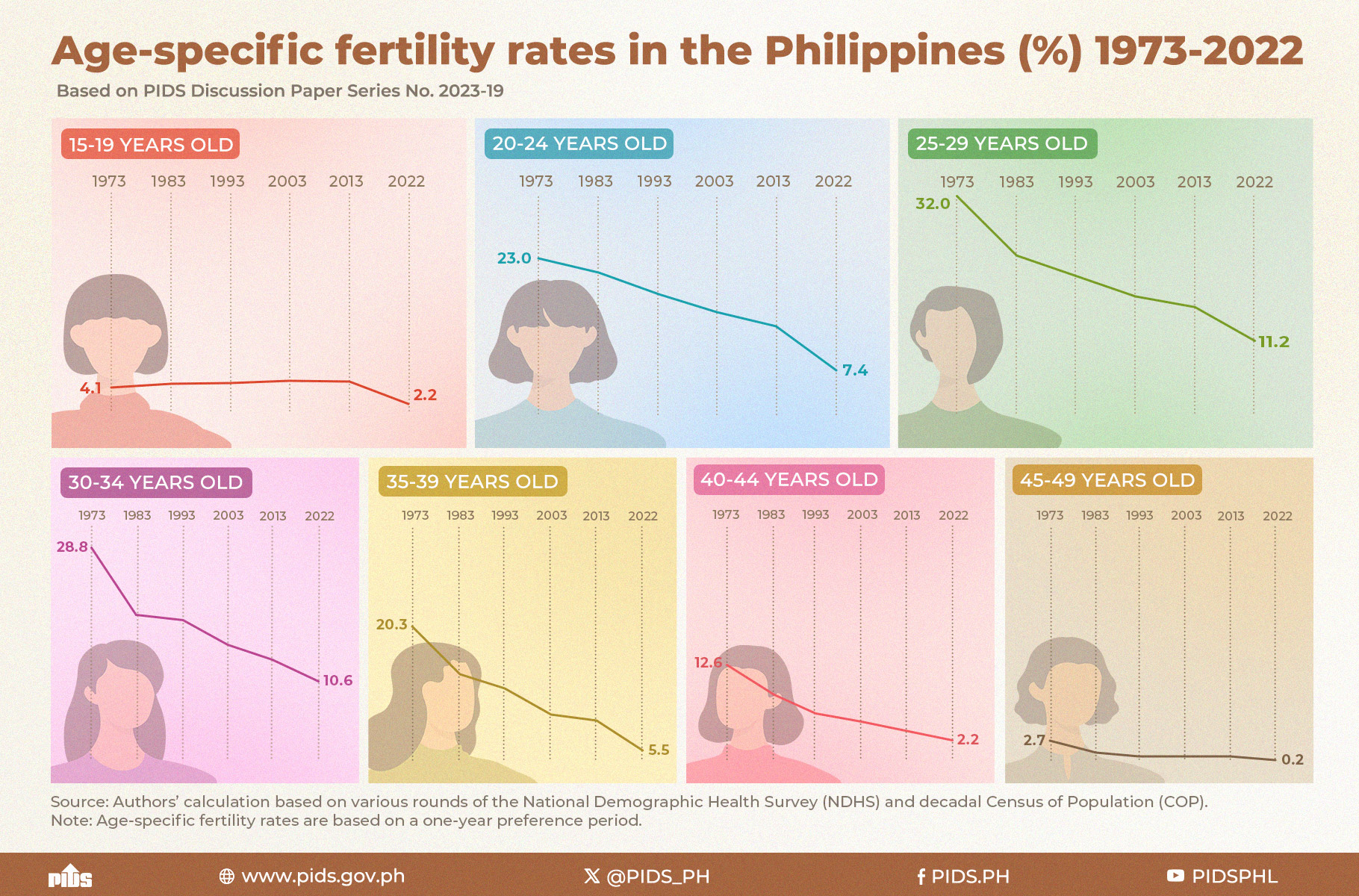THE additional policy rate hikes last year will continue to haunt the economy this year, according to the government’s think tank, the Philippine Institute for Development Studies (PIDS).
In a discussion paper, PIDS researchers led by Senior Research Fellow Margarita Debuque-Gonzales said the additional hikes could impact the performance of the economy for a period of four quarters to as long as seven quarters.
If the impact would last up to seven quarters, this means the additional rate hikes—the last being the 25 basis point (bps) increase in the Target Reverse Repurchase (RRP) Rate in the off-cycle meeting in October 2023—could extend the impact to 2025.
“The central bank has been quite responsive to rapidly changing information, from both domestic and foreign sources. Yet as inflation threats remain, we continue to propose high-frequency monitoring and a calibrated response to price developments that carefully considers the nature of shocks, estimated pass-throughs, and policy lags to ensure that monetary decisions are always well-timed,” PIDS researchers said.
PIDS said the Philippine economy is expected to post a growth of 5.5 to 6 percent while inflation is expected to fall within the Central Bank’s target range of 3 percent this year.
Consumption is expected to support the Philippine economy amid the weakness in the global economy. It can be noted that the consumption accounts for 70 percent of the country’s GDP.
The growth in consumption will be fueled by Overseas Filipino Worker (OFW) remittances which could offset lost purchasing power.
In 2023, the purchasing power of the peso for All Income Households was at 0.87 centavos while for the Bottom 30 percent, it was at 0.86 centavos.
The decline in the purchasing power of Filipinos was largely due to the heavily weighted food index, which accounts for 34.78 percent of the Consumer Price Index (CPI) for All Income Households and 51.38 percent for the Bottom 30 percent of households.
“The temptation to prioritize concerns apart from inflation should be resisted, particularly when inflation expectations are not yet fully under control, given the importance of price stability in protecting the purchasing power of consumers, especially the poorest ones,” the authors said.
“Food inflation, in particular, has been shown to significantly worsen living standards and increase poverty in the Philippines, hurting the weakest segments of society,” they added.
Meanwhile, PIDS said concerns have been raised regarding potential delays in fiscal policy reforms, particularly in detailing the country’s medium-term fiscal framework (MTFF).
PIDS authors called for a comprehensive approach to fiscal sustainability, urging clarity on additional revenues from legislative measures and the timing of deficit-reducing measures.
Effective management of the newly established Maharlika Investment Fund is another crucial aspect. According to the authors, “while it holds potential for boosting economic growth and development, its success hinges on strong governance and clear objectives.”
PIDS said appointing a credible board and professional management team is essential to ensure good governance and minimize political interference.
The authors reiterated their previous policy recommendations, including controlling inflation without harming growth, managing exchange rate volatility while maintaining flexibility, rebuilding fiscal space, and investing in infrastructure and human capital.
Effective policy responses to these risks and continued implementation of sound economic policies will be key to ensuring sustainable growth and development in the Philippines in 2024.












